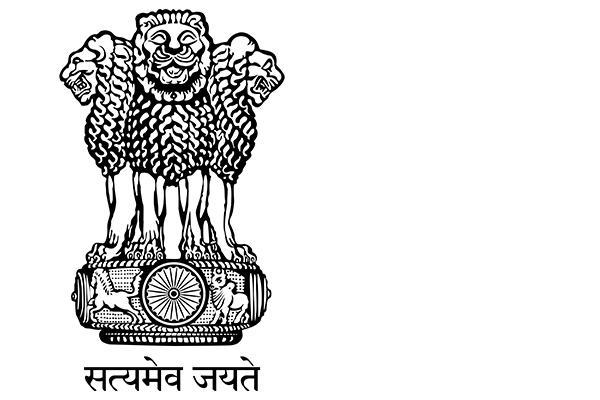DIRECTORATE OF INFORMATION AND PUBLICITY
GOVERNMENT OF NCT OF DELHI
****
- DJB lauded for Palla floodwater harvesting efforts at the Natural Cities Conference
- Scientists, environmentalists and water activists hail DJB’s efforts in floodwater harvesting
- Amravati, the new capital of Andhra Pradesh, to learn from Delhi model of water management
- Noted scientist Vikram Soni, Water Activist Diwan Singh and veteran journalist Kuldip Nayar hail Delhi’s model of water management as a positive step
New Delhi:20/07/2016
At a recently organized at India International Center in New Delhi, Delhi Jal Board was widely lauded for their groundbreaking efforts on extracting water from Yamuna’s floodplains in an environmentally sustainable manner. The event was attended by activists, environmentalists, farmers and fishermen from Andhra Pradesh. Their capital city, Amravati, is being developed in floodplains and thus is seen as a potential benefactor of this model. This event was of critical importance for other cities as well due to their increasing reliance on limited and rapidly depleting freshwater resources.
Delhi Jal Board’s Palla project has already started capturing 24 million gallons per day (MGD) extra water and is likely to increase in phases to 60 MGD by the end of the year. In addition to capturing this extra water, a new reservoir and SCADA enabled water quality monitoring systems will be set up as a part of the project. This project comes as a respite for cities like Delhi, which rely on other states’ water for fulfilling their demand.
Vikram Soni, Professor emeritus at JNU, said, “Flood plains of all rivers in the country, be it Ganga, Yamuna, Godavari, Krishna or any other river in the country must be protected and be used in ' conserve and use' manner to give a sustainable, perennial supply of water to the adjacent city, town or village.” He added that, “Floodplains of Krishna at Amravati site can give 75 MCM (45 MGD) of water. Its value is worth Rs 900 crores at normal tanker rates.” to highlight the additional financial prudence of this project.
Kuldip Nayar, eminent journalist and activist, said “Destruction of natural resources like flood plains would be hugely disastrous for present and future generations. We must protect these sacredly and thus Delhi Government’s step in this direction is a welcome one.”
Diwan Singh, a water activist very closely associated with the project, said that the proposal was drafted in 2007 and since then they had been pursuing the matter with DJB. He said, “I thank Delhi Government for adopting "conserve and use" scheme for Yamuna Flood plains. It would be great if can conserve these plains and allow no further constructions on them to allow for water recharge, and agriculture cum biodiversity functions.”
The project has proved that cities like Delhi, which comprise of river floodplains, can gain access to additional freshwater in a non-invasive, sustainable and perennial manner. Experts present at the conference emphasized that the concept, methodology and outcomes of this one of a kind project deserve to be widely disseminated across the country and internationally. A common call was made for Amravati to use this process and technology to meet their future water requirement.
Experts summarized that harvesting water from floodplains is almost a new perennial source of water for urban regions across the country and can be used as a regular and a contingency water reserve. They cautioned that as long as we don’t over-exploit this resource, and prevent encroachment on river floodplains, it could become a dependable source for around 300 towns and cities in India.
***


 Directorate of Information & Publicity
Directorate of Information & Publicity 


